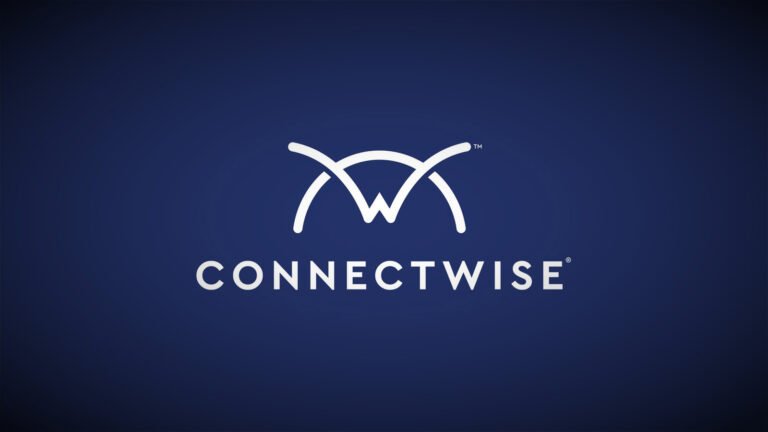Summary Points
-
Breach Confirmation: ConnectWise confirmed a suspected state-sponsored cyberattack affecting a limited number of ScreenConnect customers, linked to a vulnerability (CVE-2025-3935) patched on April 24.
-
Investigation and Security Enhancements: The company is investigating with Mandiant and has implemented enhanced security measures while reporting no further suspicious activity since the breach.
-
Vulnerability Risks: The CVE-2025-3935 flaw involves a high-severity code injection bug that can allow attackers to execute remote code, suggesting potential exploitation before the patch was applied.
- Customer Impact: While specific details on the number of affected customers remain undisclosed, reports indicate that the breach primarily impacted cloud-hosted instances of ScreenConnect.
The Core Issue
ConnectWise, a Florida-based IT management software firm, recently reported a cyber intrusion linked to a suspected state-sponsored actor that minimally affected its ScreenConnect product—software designed for secure remote access and support. In an advisory, the company revealed it had detected “suspicious activity” and subsequently engaged the forensic expertise of Mandiant to investigate the breach. Notably, affected customers, specifically those utilizing the cloud-hosted versions of ScreenConnect, have been notified as part of ConnectWise’s coordinated response with law enforcement. While the specifics of the impacted clientele remain undisclosed, industry discussions suggest the breach could be associated with a critical vulnerability labeled CVE-2025-3935, a significant flaw that allows threat actors to exploit the ViewState code through unsafe deserialization in earlier ScreenConnect versions.
The incident raises concerns about the potential exploitation of sensitive machine keys, which, if compromised, could enable malicious activities such as remote code execution on ScreenConnect servers. However, ConnectWise has yet to confirm whether this vulnerability directly facilitated the breach. In response to the incident, the company has reportedly enhanced its network security measures and monitoring protocols to safeguard against further threats. Meanwhile, customer discussions on platforms like Reddit indicate a focused impact on cloud-based instances, emphasizing the importance of vigilance in safeguarding critical IT infrastructures amidst evolving cybersecurity risks.
Critical Concerns
The recent breach of ConnectWise’s environment, reportedly linked to a state-sponsored cyberattack, poses profound risks not only to its affected ScreenConnect customers but also to the broader ecosystem of managed service providers (MSPs) and organizations reliant on its IT management solutions. If the vulnerabilities exploited by sophisticated threat actors are not contained or adequately mitigated, this incident could cascade into larger systemic failures—compromising user data, disrupting service continuity, and eroding trust in cybersecurity protocols across interconnected businesses. Moreover, the exploitation of a high-severity code injection vulnerability (CVE-2025-3935) indicates a potentially widespread threat landscape where malicious actors can leverage compromised machine keys for unauthorized remote access to client systems. Such a scenario could facilitate further infiltrations, potentially leading to extensive data breaches and operational paralysis for other firms utilizing similar technologies. The ripple effects of this breach could ultimately manifest in substantial financial losses, reputational harm, and regulatory scrutiny for all involved, highlighting the critical need for rigorous monitoring and fortification of security postures within the entire IT management sector.
Fix & Mitigation
The urgency of immediate remediation cannot be overstated, especially in the face of cyber threats, such as the recent breach of ConnectWise attributed to nation-state adversaries.
Mitigation Steps
- Conduct a comprehensive vulnerability assessment.
- Implement advanced threat detection systems.
- Isolate affected systems to prevent further spread.
- Patch and update software swiftly.
- Engage in robust incident response planning.
- Rotate and strengthen access credentials.
- Monitor network traffic for anomalies.
- Provide cybersecurity training to employees.
NIST CSF Guidance
The NIST Cybersecurity Framework (CSF) emphasizes a proactive stance on risk management and incident response. Relevant sections include the Identify, Protect, Detect, Respond, and Recover functions. For more in-depth strategies and details, reference Special Publication (SP) 800-53, which outlines security and privacy controls for federal information systems and organizations.
Stay Ahead in Cybersecurity
Discover cutting-edge developments in Emerging Tech and industry Insights.
Learn more about global cybersecurity standards through the NIST Cybersecurity Framework.
Disclaimer: The information provided may not always be accurate or up to date. Please do your own research, as the cybersecurity landscape evolves rapidly. Intended for secondary references purposes only.
Cyberattacks-V1

